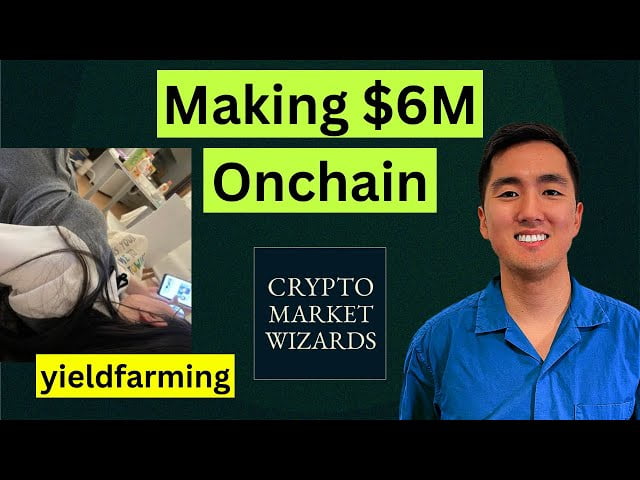Research Summary
The report explores the challenges and potential solutions for enforcing NFT royalties onchain. It discusses the tradeoff between strict enforcement of royalties and the composability of NFTs within the broader ecosystem. The report also examines existing royalty solutions such as blocklists and allowlists, and introduces new approaches that incentivize market participants to honor royalties.
Key Takeaways
Challenges in Enforcing NFT Royalties
- Complexity of Differentiating NFT Transfers: The report highlights the difficulty in distinguishing between types of NFT transfers such as sales, gifts, and self-transfers. This complexity makes it challenging to enforce royalties appropriately for actual sales.
- Tradeoff Between Royalty Enforcement and Composability: The report emphasizes the tradeoff between strict enforcement of royalties and the composability of NFTs. While strict enforcement ensures creators receive their due royalties, it can limit the composability of NFTs within the broader ecosystem.
Existing Royalty Solutions and Their Limitations
- Blocklists and Allowlists: The report discusses existing royalty solutions such as blocklists and allowlists. While these solutions aim to provide context for transfers and restrict them to enforce royalties, they can limit NFT composability and require continuous onchain monitoring.
- Limitations of Blocklists and Allowlists: The report points out that blocklists and allowlists can be restrictive and high-friction. They can limit the types of wallets that can own an NFT and prohibit peer-to-peer transfers, which can hinder the transfer of NFTs between personal wallets or friends.
New Approaches to NFT Royalties
- Staking Model for Allowlist Membership: The report introduces a new approach that combines an allowlist with a staking system. Applications can join the allowlist by staking resources as a commitment to uphold royalty payments. This model allows applications to add themselves to the allowlist optimistically, with creators having the ability to slash stakes and remove non-compliant applications.
- Right of Reclaim Mechanism: The report discusses the ‘right of reclaim’ mechanism, which introduces a dual ownership concept for NFTs. Under this mechanism, the title owner can reclaim the NFT from the asset owner unless the latter pays a title transfer fee to become the title owner, thus mitigating the risk of reclaim.
Implications for NFT Creators and the Broader Ecosystem
- Tradeoffs for NFT Creators: The report suggests that NFT creators face a tradeoff in smart contract design between strict transfer prevention, which ensures royalty enforcement but limits composability, and a more relaxed approach that enhances composability but risks royalty circumvention.
- Impact on the Broader Ecosystem: The report implies that the current royalty models may not be the optimal solutions, and there is an opportunity for the community to contribute novel ideas that could revolutionize creator earnings.
Actionable Insights
- Understanding the Tradeoffs: NFT creators and builders should gain a clear understanding of the various royalty designs and their respective trade-offs to select the most suitable one for their unique objectives.
- Exploring New Royalty Models: The NFT community should explore new frameworks for NFT royalties that incentivize marketplaces and consumers to respect royalty payments without compromising on composability.
- Contributing to the Evolution of the Industry: The report encourages the wider community to share new ideas and contribute to the discussion and development of more effective royalty models, indicating that the industry is still evolving and open to innovative approaches.












